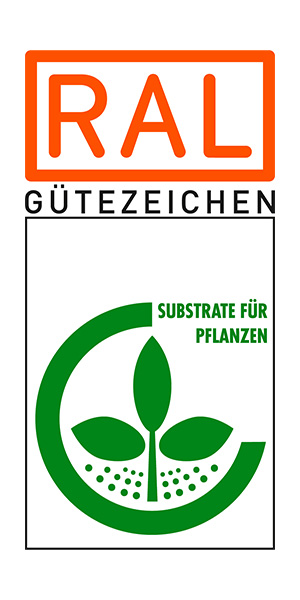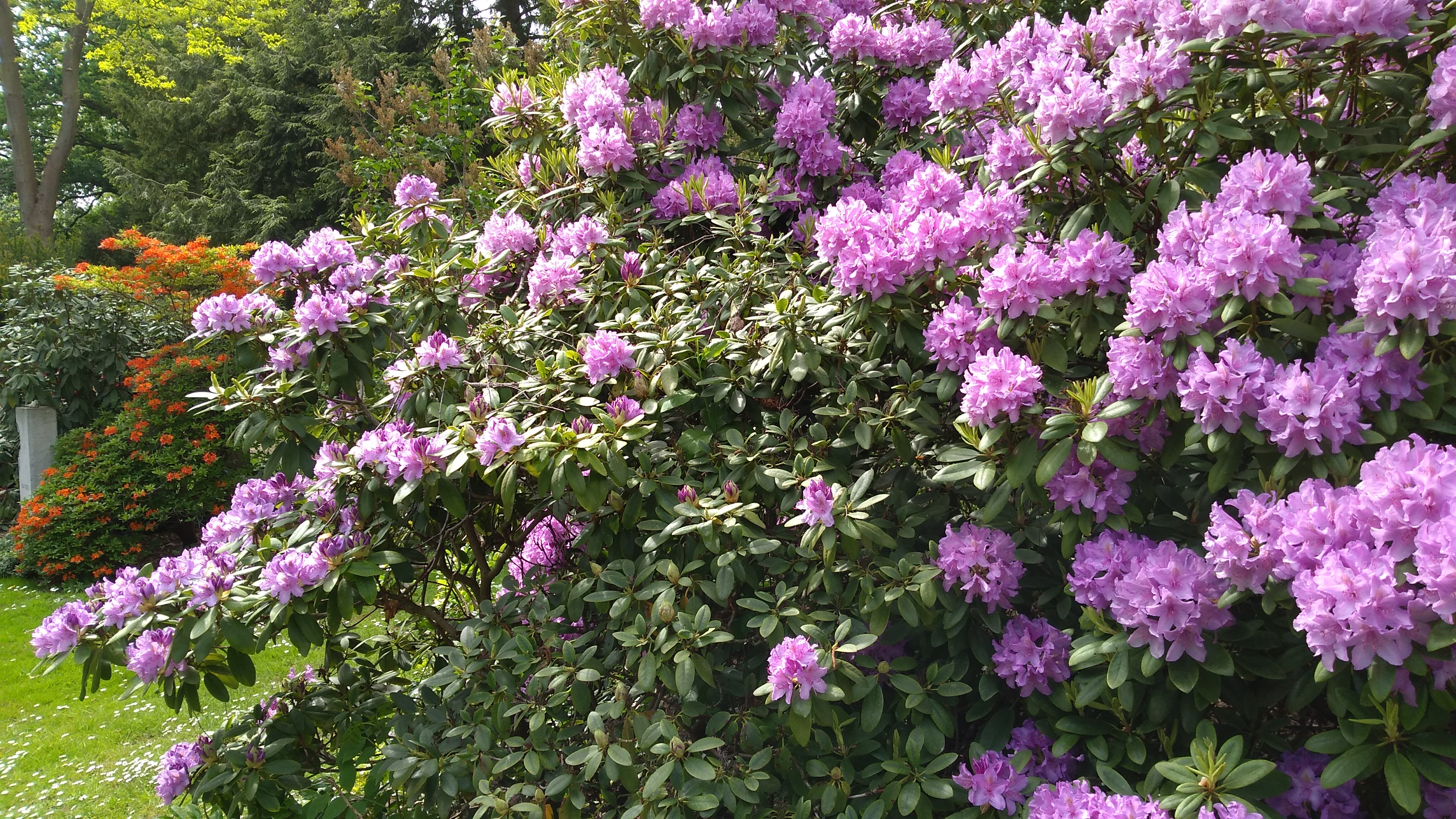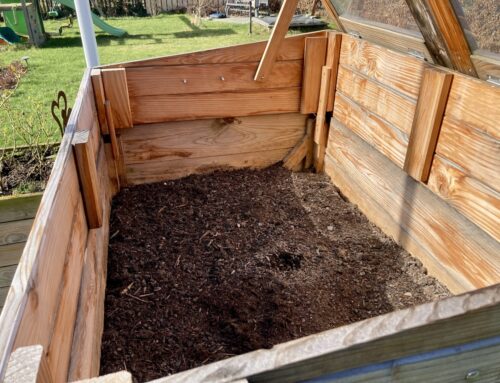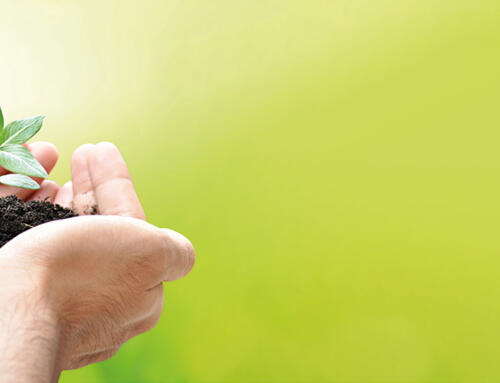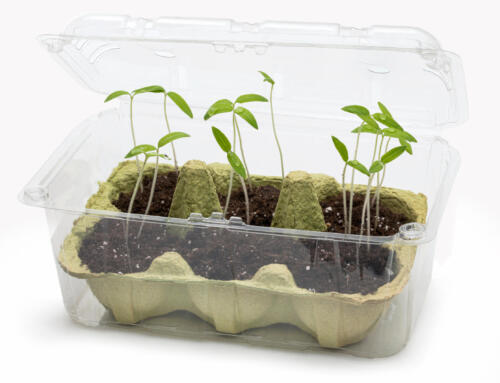Soil mixes for rhododendrons and more
Acidic soil for a smile
Acidic soil – doesn’t sound very pleasant, does it? Well, that’s just what rhododendrons, hydrangeas, heather, fuchsias and countless other ericaceous plants like best. These species all explicitly require an acidic soil environment to thrive. Most garden soils fail to meet this requirement, which is why investing in special-purpose substrates is worthwhile.
These plants like it acidic:
Azaleas and rhododendrons (Rhododendron)*
Newguinea busy lizzies (Impatiens neuguinea hybrids)
Busy lizzies (Impatiens walleriana)
Fuchsias (Fuchsia)*
Brooms (Genista)
Heather species (Erica, Calluna)*
Blueberries (Vaccinium)
Hortensias (Hydrangea)*
Camellias (Camellia japonica)*
Kiwi fruit (Actinidia)
Calico bushes (Kalmia)
Magnolias (Magnolia)
Petunias (Petunia)
Lily of the valley shrubs (Pieris japonica)*
Million bells (Calibrachoa)
Citrus plants (Citrus)*
Bottlebrushes (Callistemon)*
What is the right growing medium to use?
Many plant nurseries have a choice of soil mixes available, for example for ericaceous plants, rhododendrons, fuchsias or hydrangeas. All of them offer an acidic soil environment. For this reason, fuchsias will do well in soil for rhododendrons, for example, and vice versa. The different product names are mainly due to the respective nutrient tuning. Soil mixes for hydrangeas contain an extra amount of aluminium, because that’s what supports the popular blue flower colour. Soil mixes for citrus plants have an extra dose of iron to prevent the leaves of these attractive plants from yellowing.
To ensure that the special-purpose substrates maintain their properties in the long term, it is recommended that you feed the plants with an acid-acting special-purpose fertiliser and water with rain water rather than tap water. When placing plants outdoors, dig a very generously sized planting hole and use a soil mix for ericaceous plants to fill in the spaces round the root ball.
Buying growing media: how to identify good quality
An acidic soil environment is important, but far from being the only factor required to ensure that ericaceous plants will flourish. This is why Gütegemeinschaft Substrate für Pflanzen e.V. (GGS) recommends that you use potting soils labelled with the RAL quality mark. Quality-certified substrates are made exclusively from high-quality feedstocks and are subject to continuous quality inspections.
Approved independent labs monitor all the main substrate properties of the products. These include a favourable pH value and adequate nutrient content, but also a high structure stability, good water holding capacity and absence of weed seeds and plant-damaging substances. All this combines to provide optimum conditions to grow free-flowering and healthy plants.
Crash course in chemistry: acidic soil in a nutshell
Soils or soil mixes are called acidic if their pH value is in the range of 4 to 6. This pH level indicates that there is a large number of free hydrogen ions. The hydrogen ions cling to the main plant nutrients – phosphorus, potassium, calcium, magnesium and sulfur – and are very reluctant to release them to make them available to the plants rooted in the ground.
Conversely, aluminium, manganese and many other substances that are toxic to most plants dissolve in an acidic environment. Like everywhere else in nature, there are plant species that have specialised in just this niche and thrive well in acidic conditions, such as rhododendrons and hydrangeas.
* Special-purpose substrate is highly recommended.
Download here
